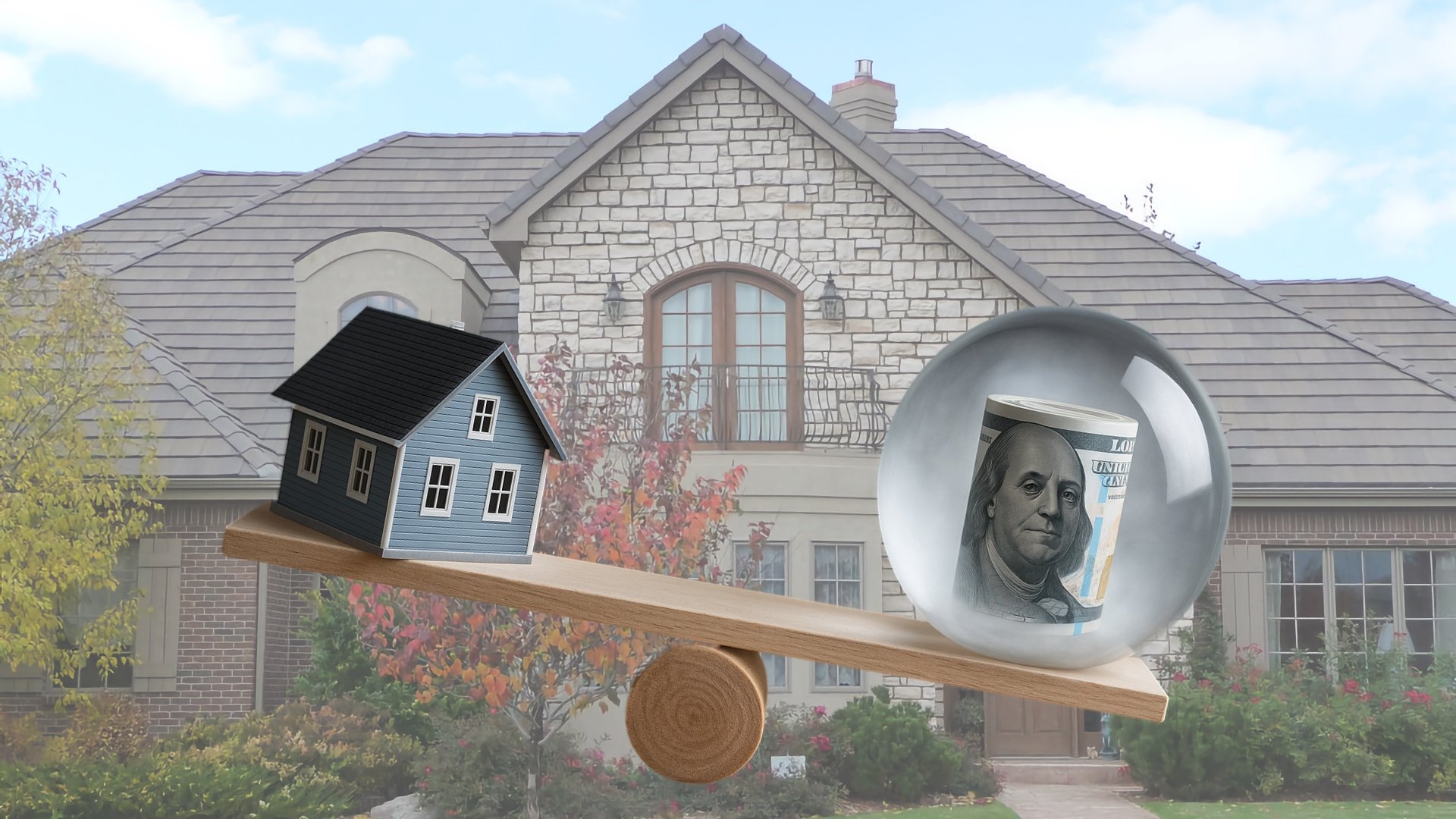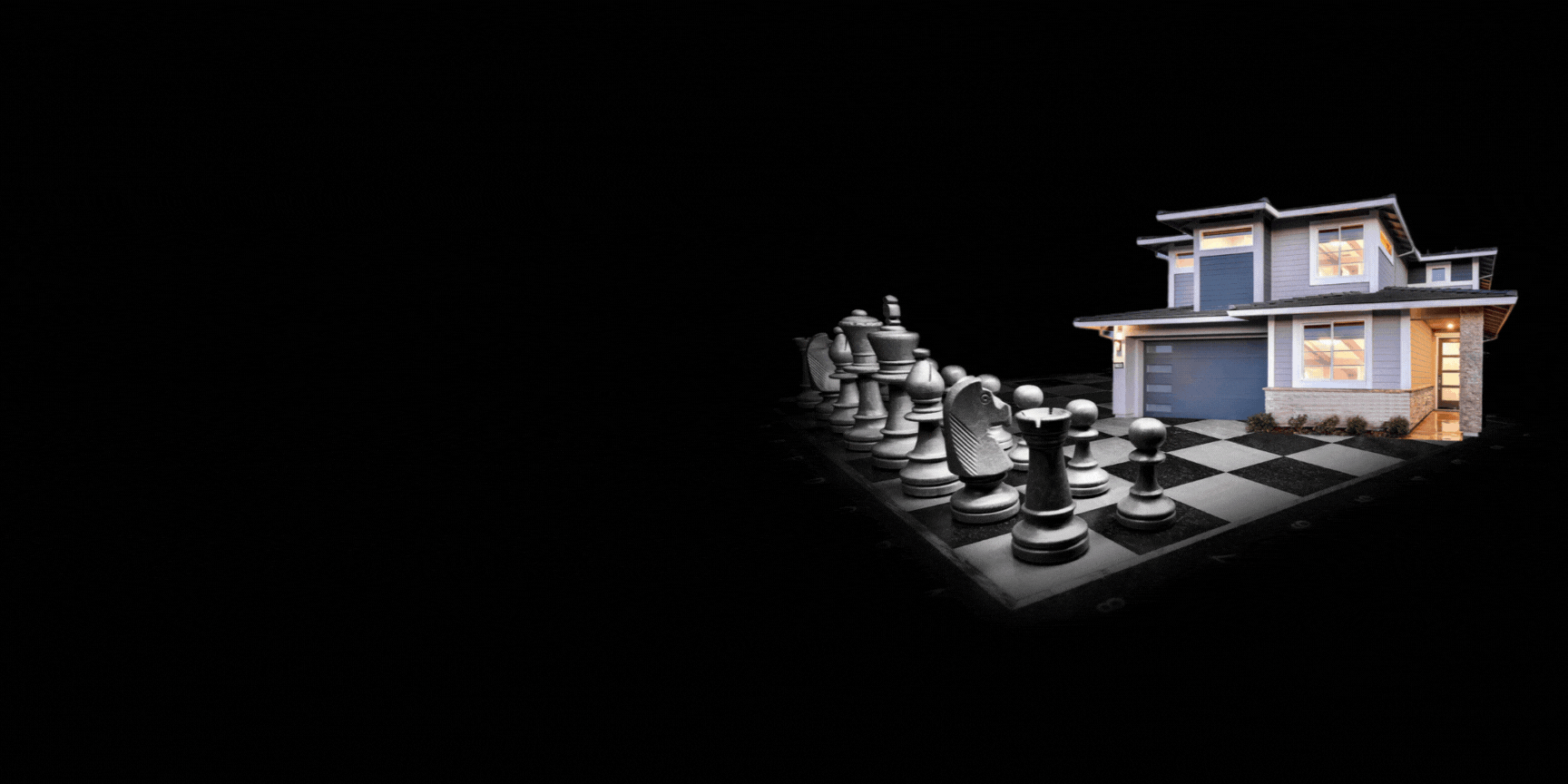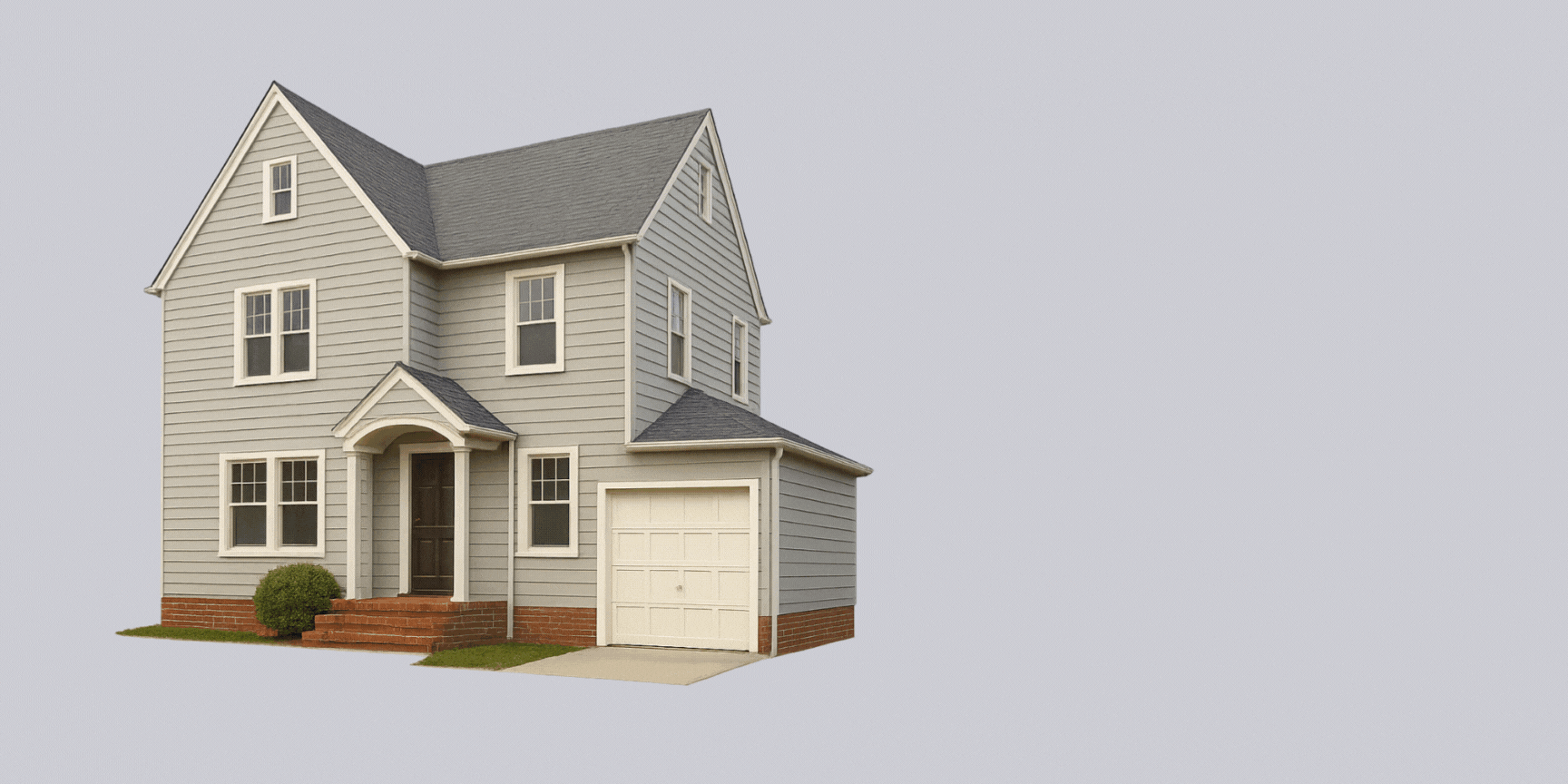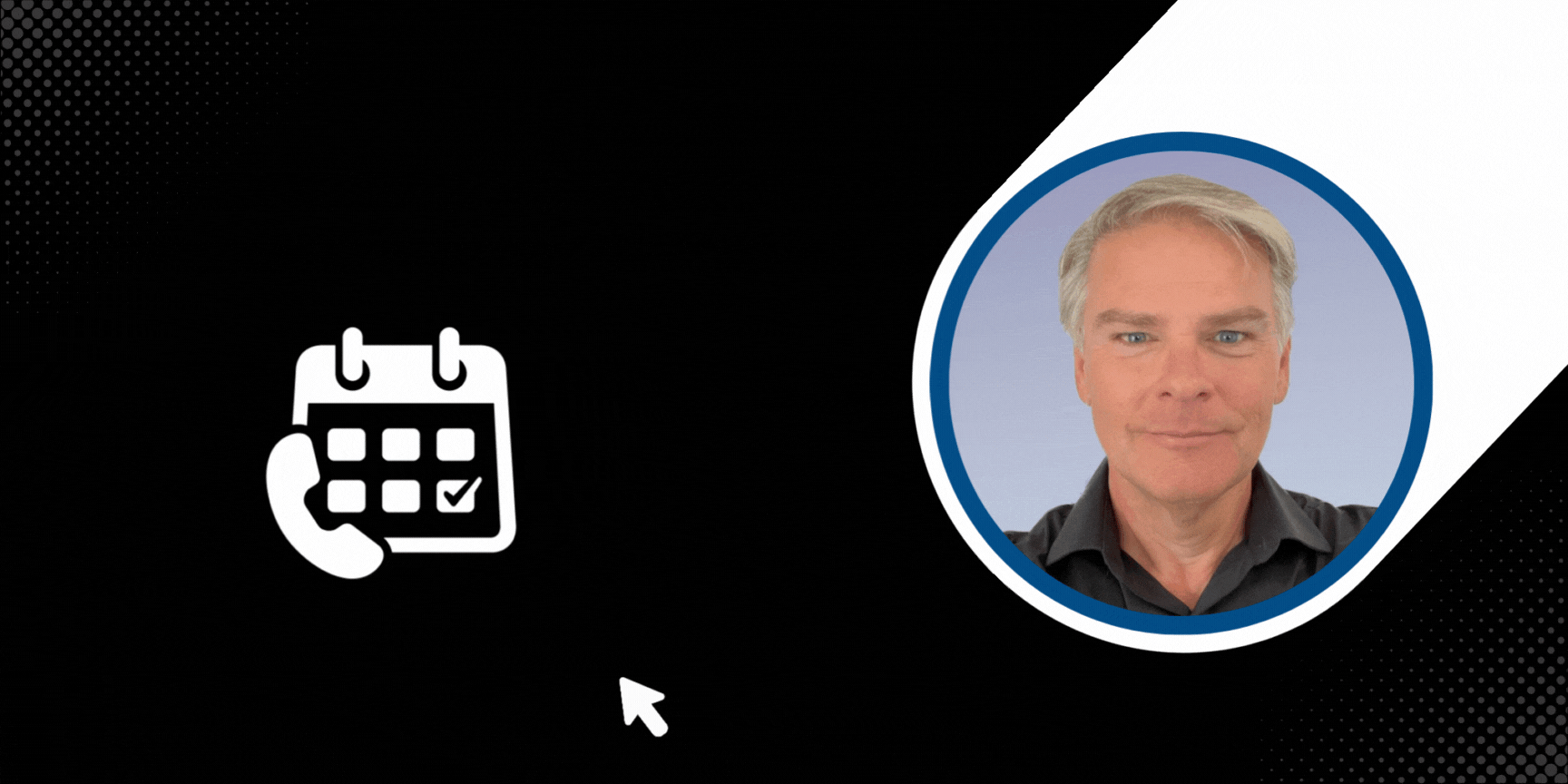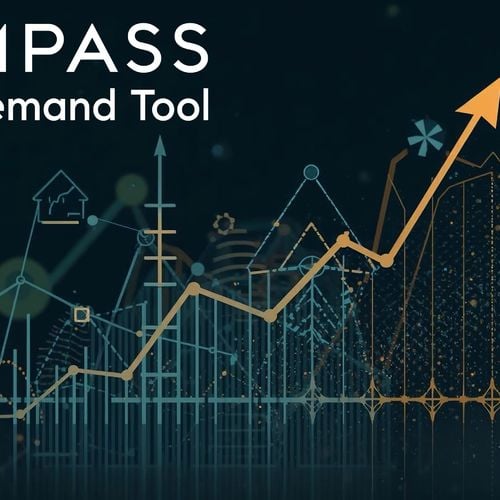I talk with a lot of longtime Bay Area homeowners who tell me the same thing. I mean, literally, I hear these same phrases time and time again:
“We’re not quite ready to sell.”
“We’re waiting for the market to go back up.”
“We’re thinking next spring would be the best time to sell.”
And these are totally normal, rational things to say. Rational, but based in fear – fear of moving somewhere new, fear of missing where you live now, and fear of money they worry they’ll lose if they sell at the wrong time. After all, your home has probably been your single biggest investment — maybe for thirty, forty, or even fifty years. You don’t want to make a mistake. You want to time it right.
But here’s the hard truth most people never stop to consider: while you’re waiting for the “right” time, you’re already paying a price.
That price is called opportunity cost. And for many longtime homeowners, especially in high-value markets like Silicon Valley, that cost isn’t small — it can easily run into hundreds of thousands of dollars.
What “Opportunity Cost” Really Means
Opportunity cost is a simple idea with big consequences. It means the money, freedom, or life improvements you miss out on by keeping your capital tied up somewhere it’s not working for you.
If your home is worth $2 million and you owe very little or nothing on it, you’re probably sitting on a nest egg of $1.5 million or more in trapped equity (after things like cost of sale and capital gains taxes). That’s money that could be earning, growing, and changing your life — but right now, it’s sitting inside four walls, a roof, and a yard you probably don’t use like you used to.
The question isn’t whether your home is valuable. Of course it is. The question is: is it serving you anymore, or are you serving it? Is the equity you have in your home growing as quickly as it could, were it invested somewhere else?
The Diminishing Rewards of Long-Term Ownership
When you bought your current home, maybe decades ago, it was a really smart thing to do. Real estate is one of the best investments you can make when you’re using leverage — that is, buying the home using a mortgage. If you put 20% down on a home and that property appreciates by just 5% in a year, your return on your cash invested is actually closer to 25% before expenses, because you’re controlling a large asset with relatively little money down. That’s the magic of leverage — it multiplies your gains when property values rise.
But over time, as you pay off your mortgage and your equity grows, that leverage disappears. Suddenly, you may have a million dollars of equity sitting in a home that’s appreciating at the same 5% a year, which means your return on that equity has shrunk much closer to the same rate as inflation, or maybe even less. At that point, your money may be working harder for the house than the house is working for you, and it’s often smarter to reallocate some of that equity into higher-yielding or income-producing investments that better match your goals and stage of life.
The Real Cost of Waiting
Let’s look at a real-world example. Say your house is worth $2 million today. After paying selling costs, capital gains taxes, and maybe a small mortgage balance, you’d walk away with about $1.5 million.
You tell yourself, well a couple of years ago, I could have sold for $2.2M, so “maybe I should wait a few years for prices to go back up. Maybe we can get another $200,000 out of it.”
That sounds good, because logic dictates if your home used to be worth $200K more than it is today, you should be able to sell for that price again before too much longer. But let’s do a little math. If the market stays flat for the next three to five years (and that’s a real risk), the value of your home will be the same. But if you had sold today and invested that $1.5 million in a balanced, low-risk portfolio earning just 5% annually, that money would have grown to about $1.9 million.
That’s roughly $400,000 in growth that never happens while you wait.
And that’s before we even talk about the $25,000 to $35,000 a year you’re probably spending in property taxes, insurance, utilities, landscaping, and maintenance — another $150,000 or so gone over those same five years.
Now your “wait and see” plan has quietly cost you half a million dollars.
When the Market Moves Sideways — or Down
A lot of homeowners assume that if they just wait long enough, prices will rise. And yes, prices always rise, over time – even if it’s just due to inflation. But Silicon Valley and the Bay Area aren’t immune to cycles. In fact, the last few years have already shown us that prices can flatten — or even slip — for extended periods (especially in real terms, after adjusting for inflation).
If your $2 million home dropped just 10% in value, it would be worth $1.8 million. Your $1.5 million in potential proceeds becomes $1.35 million instead. Meanwhile, had you sold earlier and invested those funds at 5% a year, you’d have close to $1.9 million today.
That’s a $550,000 difference. And five years of your life spent in a holding pattern.
Even if prices do climb 10% after five years, the math still doesn’t work out as neatly as you might think. You’d net roughly $1.7 million after selling — but that same $1.5 million invested in something steady would have likely outperformed that, again landing you around $1.9 million.
The point isn’t to push you into selling tomorrow. It’s to recognize that doing nothing has a cost too.
The Lifestyle Cost Nobody Talks About
Numbers aside, there’s another side to opportunity cost that’s harder to quantify but even more powerful: your lifestyle.
Many people in their sixties, seventies, or eighties are still living in the same large, maintenance-heavy homes they raised their kids in. Those homes were perfect when the house was full — but now, they’re often filled with unused rooms, aging infrastructure, and constant reminders of projects that never end.
Every year you stay, you spend thousands maintaining space you no longer need. But you’re also spending something even more precious: your time and energy.
Imagine what life might look like if you sold that big, underutilized property and downsized to something newer, simpler, and more manageable — maybe a smaller single-level home, a condo with maintenance included, or even a home near the coast or in wine country.
Your monthly expenses might drop by two, three, even four thousand dollars a month. And instead of spending weekends fixing, pruning, or worrying, you could be traveling, seeing grandkids, or finally pursuing hobbies you’ve been putting off for years.
The “cost” of selling isn’t just about money — it’s about reclaiming your freedom while you’re young enough to enjoy it.
What You Could Be Doing With That Equity
Let’s say you did sell for $2 million and walked away with $1.5 million cash at closing. What could you do with it?
Well, for example, you could buy a smaller home nearby for $1.2 million and keep $300,000 liquid. That alone could fund years of travel, support family, or be invested safely for growth. And with a smaller home, you’d save thousands every year in taxes, utilities, and upkeep.
Or maybe you move to a lower-cost area where a lovely home costs $800,000. Now you’ve freed up $700,000 in cash — money you could invest, donate, or use to create passive income streams that let you stop worrying about every bill. And in fact, you could buy that $800,000 home with only $500,000 in cash, funding the rest of the purchase with a reverse mortgage, leaving an additional $300,000 cash to invest elsewhere and make it more productive.
If (perish the thought!) you chose to rent instead of buy — say at $4,000 a month — you’d spend $240,000 over five years. But your $1.5 million invested at 5% would still grow to about $1.9 million, even after paying rent. You’d end up with more wealth and zero home-ownership headaches.
Those aren’t abstract numbers — that’s real quality-of-life difference.
The Myth of “Timing the Market”
You may have heard friends or financial advisors say, “Wait until the market improves.” But here’s the thing: nobody actually knows when that will happen. Real estate doesn’t move in predictable cycles. There’s no guarantee prices will climb next year, or the year after that. Sometimes markets stay flat for years at a time, even in booming regions like the Bay Area and Silicon Valley.
And even if prices do rise, the home you plan to move into — whether it’s in the Bay Area or somewhere else — is likely going up too. So you’re not really “gaining,” or least, not as much as you probably think you are. You’re just trading one expensive house for a home that will also be more expensive in the future. Meanwhile, inflation continues. Maintenance gets more expensive. And your window to live differently, travel more, or simplify your life slowly closes.
Waiting isn’t a neutral choice. It’s a decision — one that can quietly cost you both wealth and years of reduced stress, with fewer hassles, and more opportunity to have fun.
The Emotional Side of Staying Put
For many people, their home isn’t just an asset — it’s part of their identity. It’s the place where kids grew up, holidays were celebrated, and memories were made. Letting go can feel like losing part of yourself. That’s completely normal. But it’s important to remember that selling your house doesn’t mean leaving your memories behind. Those memories are yours forever, and you probably have plenty of photos, videos, and keepsakes you’ll take with you.
But what you’re doing by selling and moving on is freeing yourself to create new ones — in a home and lifestyle that fit who you are now.
Most people who finally make the move tell me the same thing: “I wish I’d done this sooner.” They didn’t realize how much mental and physical space their old home was taking up until it was gone.
Suddenly, they’re traveling more. They’re seeing their grandkids. They’re not worried about the roof or the plumbing or the landscape anymore. They’ve traded anxiety for freedom — and for the first time in years, they feel lighter.
That’s what opportunity cost looks like in real life.
The “What If” Scenarios
Let’s walk through a few real-world examples to see how this plays out.
Example 1:
A couple in Los Altos owns a home worth $3 million and has $1.8 million in equity. They’re paying about $15,000 a year in taxes, insurance, and upkeep. They decide to wait for prices to rise another 10%.
Five years later, the market is mostly flat. Their home is worth the same, but they’ve spent $150,000 just keeping it up. Meanwhile, the $1.8 million they could have invested would be worth roughly $2.25 million by now. Their total missed opportunity is over $500,000.
Example 2:
A retired engineer in Willow Glen sells his longtime home for $2 million, buys a condo for $1 million, and invests the remaining $900,000. His monthly expenses drop by $2,500. He travels twice a year, and his investments earn $45,000 a year in passive income.
While his old neighbors wait for the market to “get better,” he’s out living the life they’re still talking about.
Example 3:
A widow in Cupertino decides to rent near her daughter in Santa Cruz. She sells her family home for $2.1 million, invests $1.6 million, and rents a cottage for $3,500 a month. She’s relaxed, near family, and her investment account grows even after rent. She says it feels like she “moved from homeowner to investor — and gained peace of mind.”
These aren’t exceptional stories. They’re what happens when people finally realize their equity isn’t meant to be locked away forever.
Real Estate Isn’t the Only Investment
For years, many Bay Area homeowners assumed that real estate was the safest and smartest place to keep wealth. And for a long time, it was. But no market goes up in a straight line forever.
If you’ve been in your home for decades, you’ve already experienced, by far, the greatest of those gains that you’re going to see. The next chapter might not be about growing your real estate wealth — it might be about using it wisely.
A $1.5 million portfolio can earn steady income in conservative investments — or be diversified across stocks, bonds, and annuities that fit your age and goals. Even at modest returns of 4% to 5%, that’s $60,000 to $75,000 a year without touching the principal.
And you can always buy again later, if that’s right for you. But if you wait too long, your choices narrow — financially and personally.
So, What’s the Right Move?
There’s no one-size-fits-all answer. Some people want to stay in their homes as long as possible, and that’s perfectly fine. But if you’re sitting on a home that’s grown in value many times over and you’re not sure what’s next, it’s worth asking: Is this still the best use of my equity, my energy, and my time?
The beauty of selling in a strong market — even one that’s not at “peak” — is flexibility. You can choose where and how to live. You can structure your sale to defer taxes. You can use programs like Compass Concierge to prepare your home for sale without upfront costs and get every dollar of value out of it.
Most importantly, you can turn trapped equity into freedom.
The Bottom Line
If you’ve owned your Bay Area home for a long time, it’s done its job — and then some. It sheltered your family, built wealth, and gave you stability. But now, for many people, that same house is a vault holding your future hostage.
Waiting for the “right time” often means paying hidden costs every month while your wealth sits idle. It’s easy to overlook because the bills are familiar, and the house still feels like home. But the math — and the years — tell another story. If you could unlock that equity today, live more freely, and let your money start working for you again, wouldn’t that be worth considering?
Sometimes the best time to make a move isn’t when the market improves — it’s when you’re ready to improve your life.
Ready to Explore What’s Possible?
If this resonates with you, reach out to me. I’ll help you look at your specific numbers — what your home could realistically sell for, what you’d net, and what your options look like for downsizing, relocating, or simply freeing up your equity for a better return.
It’s not about pressure. It’s about perspective.
Because the most expensive thing you might ever own isn’t your house — it’s the opportunity you let slip away by waiting too long to sell it.
Santa Cruz County Luxury Homes For Sale
2
3
4
5
6
7
8
9
10
11
12
13
14
15
16
17
18
19
20
21
22
23
24
25
